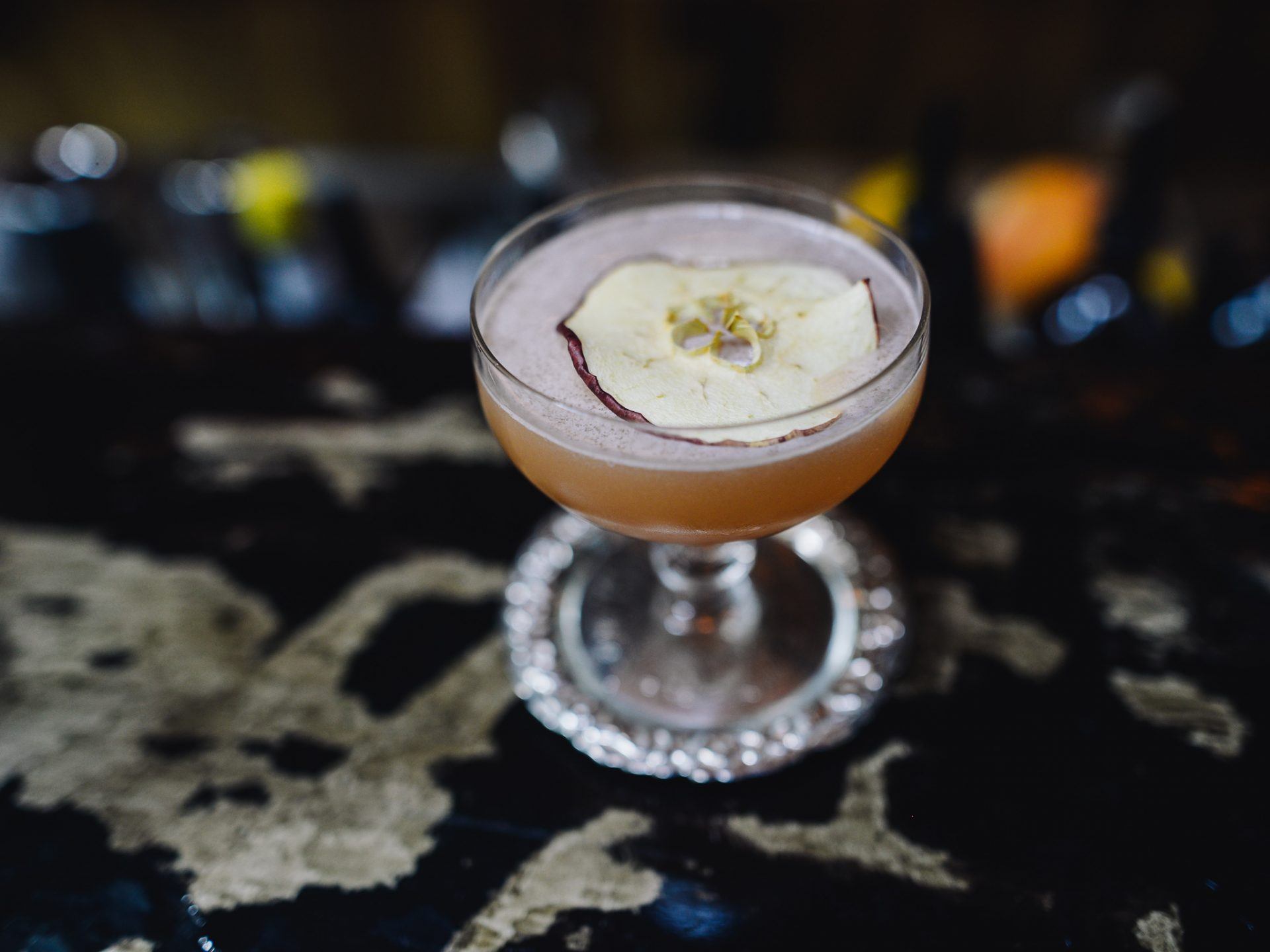“Dust them off! These Liquors may have passed in popularity but we think you should give them another chance!”
Ever notice those few dusty bottles in the back of the Cabinet?
Well, hopefully a few of them are in this list! The reason that most of us know these Spirits is because of our many World Class Bartenders here in little ole NZ. Unless, of course you are a seasoned “Cocktailian” or have worked a Bar yourself. Take a trip with us to the four corners of the Globe as we uncover some tasty info in to these 4 forgotten spirits
Here we go!
- Number 1, Aquavit
Aquavit—or akvavit—is a spirit of Scandinavian origin that’s distilled from grain and potatoes, and infused with herbs and spices such as caraway, dill, aniseed, or fennel. It’s in the same family as gin, but unlike gin, whose predominant flavour comes from juniper berries, caraway is the main flavour in this spirit.
It is enjoyed throughout Scandinavia as an aperitif and especially during special festivities, but increasingly mixologists are leveraging aquavit’s herbaceous, dry quality to add complexity to their cocktail creations.
Think of replacing Gin in your favourite Cocktail with Aquavit next time!
- Number 2, Arrack
Commonly spelt arak, and not to be confused with the similarly named anise-flavoured, grape-based alcoholic spirit popular in the Middle East and North Africa, the highly- aromatic arrack of the Indian subcontinent and Southeast Asia is made from distilling the fermented sap of coconut flowers, sugarcane molasses, indigenous grain such as red rice, and/or fruit. Arrack is one of the oldest known distilled spirits and, in fact, predates rum; during the 17th century, Batavian arrack—which originated from the island of Java—was commonly used to make alcoholic punch.
Don’t be afraid of what “Carol” wrote on Trip Advisor about her Arrack experience in South East Asia…
- Number 3, Cachaca
Brazilian cachaça is one of the most widely-consumed spirits on the planet, possibly because it’s the spirit of choice for pretty much every Brazilian. With a population of over 180 million in Brazil and cachaça being present in every Caipirinha drunk at every street party from Rio De Janeiro to São Paulo, we can imagine why that’s the case. A type of rum, cachaça has also come a long way in its 500-year history, and that story is intricately linked to the country’s sugarcane industry, and its history of slavery.
Cachaça is made by huge industrial conglomerates that sourced them from tiny small-batch, family-owned producers across the country. Quality also ranges widely, with un-aged industrial cachaça produced using high-volume column stills (much like cheap vodka) on one end, to rare artisanal small- batch sipping aged cachaça made using pot stills on the other.
Get festive with the Spirit of Carnival. Think of replacing White Rum with Cachaca next time you are getting creative!
- Number 4, Awamori
When it comes to distilled spirits, the Land of the Rising Sun may be best known for its traditional shochu, and more recently, its Scottish-style whiskies. But on the Japanese island of Okinawa is another distilled beverage that’s similar to shochu yet distinctively unique. While shochu is typically made from rice, barley, sweet potatoes and even buckwheat, awamori is made from a specific variety of long-grain rice most if not all of which is imported from Thailand. In fact, awamori’s origins lie in Thailand where the technique of distillation was introduced to Okinawa, when it was part of the Ryukyu kingdom from the 15th to 19th centuries.
Go neat, Gimlet, Gibson or your favourite stirred, white spirit drink
Read the thread and are still unsure of how to use them ? Let us deal with it! Put your mind at ease with Auckland’s longest standing Beverage Catering service! See why below
Ready to go! Book Here!
Why Choose Us? Let Us Explain Here
Contact us using the enquiry form link below, and our helpful team will get back to you promptly.
